Filter by
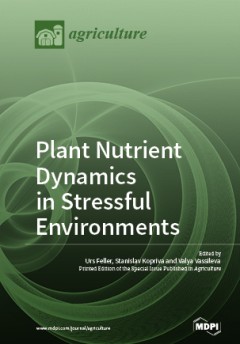
Plant Nutrient Dynamics in Stressful Environments
The papers included in this special issue cover a broad range of aspects ranging from genetics and breeding to crop production in the field. Climate change, intensified agriculture, modifications of land use, or pollution are often accompanied by larger fluctuations including extreme events. The growing world’s population and nutrient deficiencies in agricultural products for human or animal …
- Edition
- -
- ISBN/ISSN
- 978-3-03897-064-4
- Collation
- -
- Series Title
- -
- Call Number
- 630 PLA
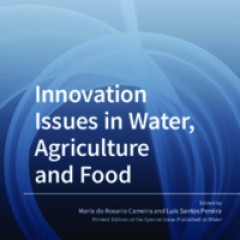
Innovation Issues in Water, Agriculture and Food
In a worldwide context of ever-growing competition for water and land, climate change, droughts and man-made water scarcity, and less-participatory water governance, agriculture faces the great challenge of producing enough food for a continually increasing population. In this line, this book provides a broad overview of innovation issues in the complex water–agriculture–food nexus, thus al…
- Edition
- -
- ISBN/ISSN
- 978-3-03921-166-1
- Collation
- -
- Series Title
- -
- Call Number
- 630 INN
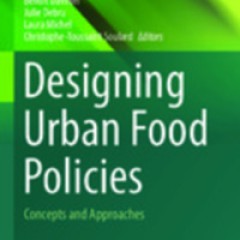
Designing Urban Food Policies : Concepts and Approaches
his Open Access book is for scientists and experts who work on urban food policies. It provides a conceptual framework for understanding the urban food system sustainability and how it can be tackled by local governments. Written by a collective of researchers, this book describes the existing conceptual frameworks for an analysis of urban food policies, at the crossroads of the concepts of foo…
- Edition
- -
- ISBN/ISSN
- 978-3-030-13958-2
- Collation
- XX, 142 halaman
- Series Title
- -
- Call Number
- 630 DES
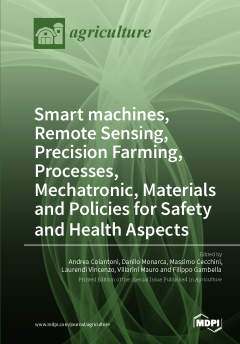
Smart machines, Remote Sensing, Precision Farming, Processes, Mechatronic, Ma…
The introduction of "smart machines" for agricultural operations will allow several advantages, such as an increase in their efficiencies, a reduction in environmental impacts and a reduction of work injuries. There are partially- and fully-automatic devices for most aspects of agricultural functions, from seeding and planting to harvesting and postharvesting, from spraying to livestock managem…
- Edition
- -
- ISBN/ISSN
- 978-3-03842-866-4
- Collation
- -
- Series Title
- -
- Call Number
- 630 SMA
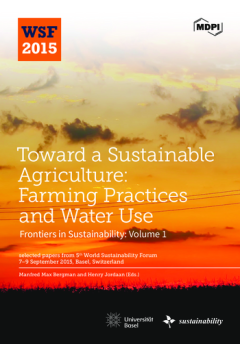
Toward a Sustainable Agriculture : Farming Practices and Water Use
Globally, the agri-food sector has a major role to play in ensuring food security and economic development, especially for lower income countries. In the increasingly demanding context of environmental risk, exacerbated by climate change, and of environmental degradation, agricultural producers are faced with the challenge to meet the demand of the agri-food sector to feed growing populations i…
- Edition
- -
- ISBN/ISSN
- 978-3-03842-331-7
- Collation
- -
- Series Title
- -
- Call Number
- 630 TOW
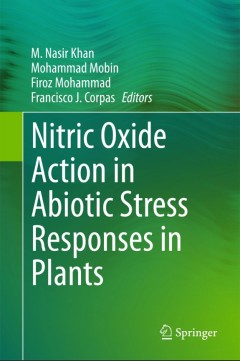
Nitric Oxide Action in Abiotic Stress Responses in Plants
This book offers an up-to-date review of the regulatory role of nitric oxide (NO) changes in the morphological, physio-biochemical as well as molecular characteristics of plants under abiotic stress. The first of two parts comprises four chapters and focuses on the properties, chemical reactions involving NO and reactive nitrogen species in plants. The second part, consisting of eleven chapters…
- Edition
- 1
- ISBN/ISSN
- 978-3-319-17804-2
- Collation
- XII, 252
- Series Title
- -
- Call Number
- -
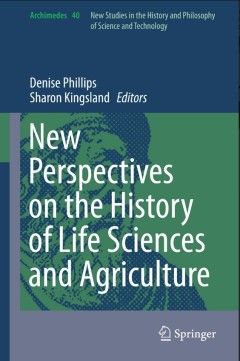
New Perspectives on the History of Life Sciences and Agriculture
This volume explores problems in the history of science at the intersection of life sciences and agriculture, from the mid-eighteenth to the mid-twentieth century. Taking a comparative national perspective, the book examines agricultural practices in a broad sense, including the practices and disciplines devoted to land management, forestry, soil science, and the improvement and management of c…
- Edition
- 1
- ISBN/ISSN
- 1385-0180
- Collation
- VII, 509
- Series Title
- Archimedes
- Call Number
- -

GTPases Versatile Regulators of Signal Transduction in Plants
G proteins are the key regulators for a wide range of cellular processes in animals and plants. In comparison to animals and yeast, plants have a single Rho-GTPase subfamily called Rho-like GTPases (ROPs). The ROP family of monomeric GTPases has emerged as a versatile and key regulator in plant signal transduction processes. During the past few years’ studies on plant RHO-type (ROP) GTPase ha…
- Edition
- -
- ISBN/ISSN
- 978-3-319-11611-2
- Collation
- -
- Series Title
- -
- Call Number
- -
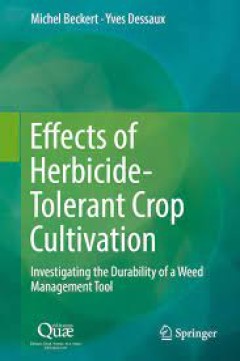
Effects of Herbicide-Tolerant Crop Cultivation Investigating the Durability …
Overall, this work identifies key points to be taken into account when drawing up guidelines that govern the use of herbicide-tolerant (HT) crops in order to preserve the effectiveness of this innovation over time. This multidisciplinary expert report, based on an international literature review, assesses the effects of the cultivation of crops possessing HT traits. HT crops may appear to be u…
- Edition
- -
- ISBN/ISSN
- 978-94-024-1007-5
- Collation
- -
- Series Title
- -
- Call Number
- -
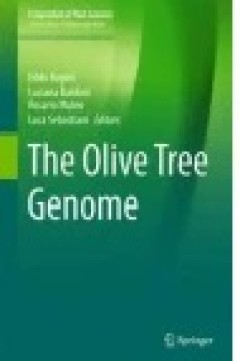
The Olive Tree Genome
The individual chapters discuss genetic resources; classic and modern breeding methods for providing new olive cultivars; the genotype x environment interactions determining the response to biotic and abiotic stresses; fruit metabolism related to oil production and the synthesis of health beneficial molecules; the mapping of genes and quantitative trait locus; and genomic, transcriptomic and pr…
- Edition
- -
- ISBN/ISSN
- 978-3-319-48887-5
- Collation
- XI, 193
- Series Title
- Compendium of Plant Genomes
- Call Number
- -
 Computer Science, Information & General Works
Computer Science, Information & General Works  Philosophy & Psychology
Philosophy & Psychology  Religion
Religion  Social Sciences
Social Sciences  Language
Language  Pure Science
Pure Science  Applied Sciences
Applied Sciences  Art & Recreation
Art & Recreation  Literature
Literature  History & Geography
History & Geography